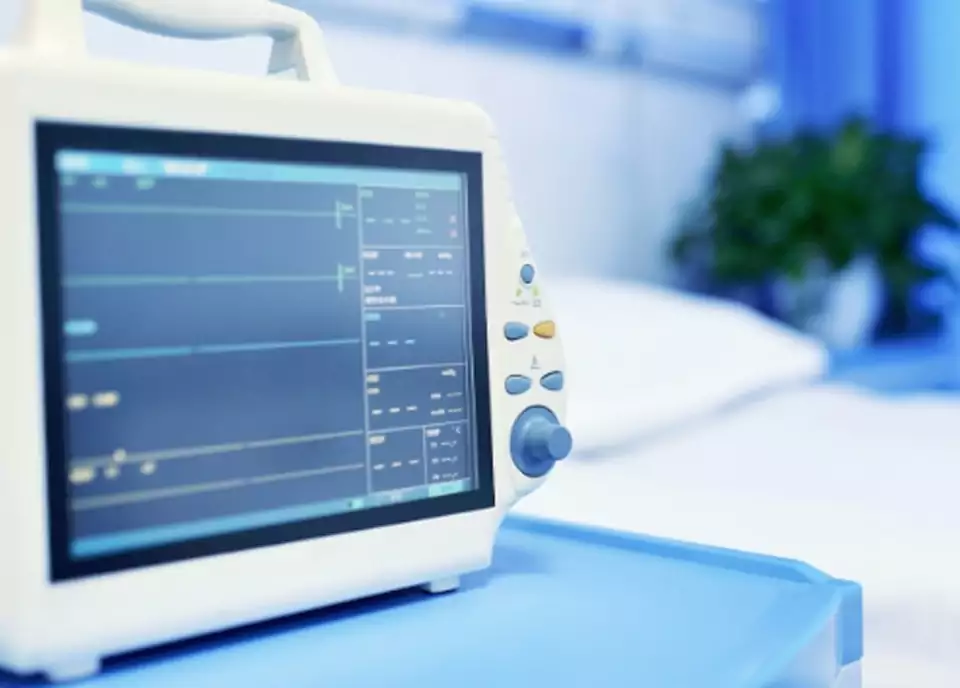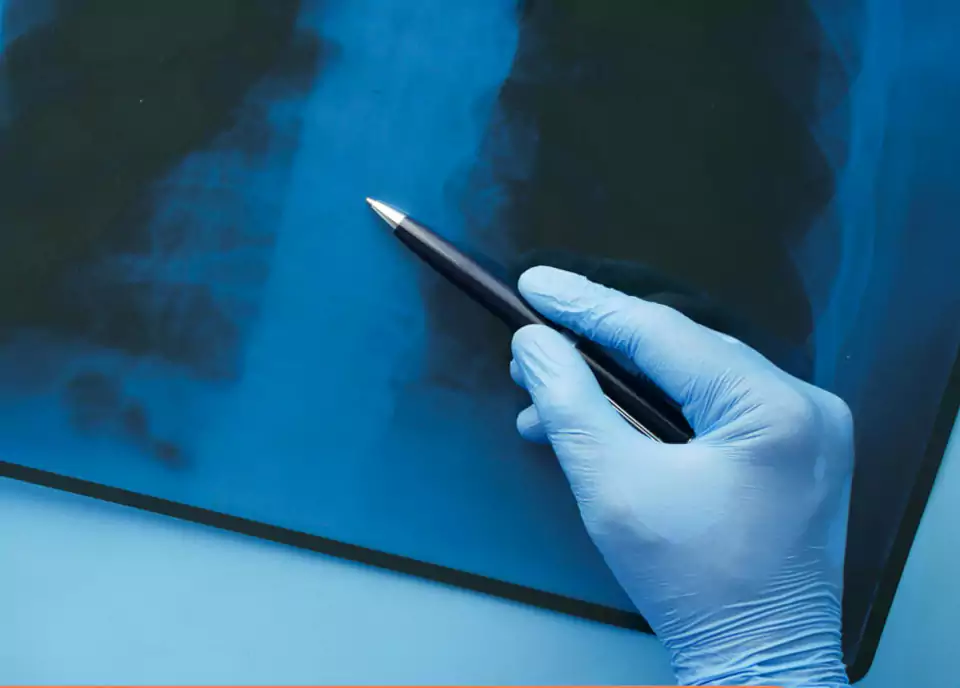For high-risk Class III devices, clinical evidence is central to FDA PMA approval. Learn what qualifies as valid scientific evidence, how to design pivotal trials under IDE, key safety/effectiveness endpoints, and strategies for strong submissions.
For high-risk Class III devices, clinical evidence is typically the linchpin of the PMA submission. Unlike the 510(k) pathway, where many devices are cleared based on bench testing and predicate comparisons, a PMA generally must include human clinical trial data that directly demonstrate the device’s safety and effectiveness in its intended use. The FDA’s standard is that there be “reasonable assurance” of safety and effectiveness, which usually cannot be met without data on actual patient outcomes[4]. In FDA’s own words, it relies on “valid scientific evidence” – often from well-controlled clinical investigations – to determine if a device is safe and effective[70][59]. Thus, sponsors should plan for at least one pivotal clinical trial (and sometimes more than one) as part of their PMA strategy. Below, we outline what constitutes valid scientific evidence, how to design PMA trials, and other clinical data considerations for a successful PMA.
FDA doesn’t mandate a specific trial design for all PMAs, but it has clear criteria for what counts as “valid scientific evidence.” According to 21 CFR 860.7 and FDA guidance:
In practice, most PMAs for therapeutic devices (implants, life-support devices, etc.) hinge on at least one prospective clinical study. Diagnostic devices often require clinical studies demonstrating diagnostic accuracy on representative patients. FDA may also accept foreign clinical data in support of a PMA (with certain conditions), and real-world evidence, but usually as part of a broader evidence package.
To collect clinical data for a PMA, you will likely run a study under an Investigational Device Exemption (IDE), which legally permits you to use an investigational Class III device in a clinical trial. Key considerations for PMA clinical studies include:
In your PMA, you need to provide a complete accounting of adverse events in the clinical study (and any other experience). FDA will be particularly interested in serious adverse events that are device-related. This includes things like death, life-threatening events, major complications (e.g., device malfunctions requiring intervention, significant injuries). If your device had mishaps or failures during the trial (e.g., device breakage, software errors), these need to be documented and you should explain any fixes. FDA will also want to see comparative safety – how do complication rates compare to the standard of care or predicate devices (if any)? For example, if an existing surgical treatment has 5% complication rate and your device has 4%, that’s favorable; if yours has 15%, you need strong benefits to justify that. Demonstrating risk mitigation (such as through training or design improvements implemented during the trial) can also be part of the narrative. FDA’s decision is benefit-risk balanced, so a clear presentation of safety outcomes is as important as effectiveness.

To show effectiveness, you should meet your primary endpoint with statistical significance (typically p<0.05 if hypothesis testing) or show that a high proportion of patients achieve a pre-defined success criterion. FDA looks for clinically meaningful outcomes. It’s not just p-values; a small improvement that is statistically significant might not be deemed effective enough if it doesn’t noticeably help patients. Including patient-centric outcomes (quality of life measures, symptom scores) in addition to objective measures can strengthen your case. Also, subgroup analyses (by age, sex, etc.) may be requested to ensure the device works broadly or to identify if labeling should exclude some groups. If any subgroups have significantly worse outcomes, be prepared to address that (perhaps via labeling or additional data).

Many PMAs rely on a single pivotal study. However, some have multiple studies – e.g., a feasibility study followed by a confirmatory pivotal study, or separate studies for different sub-indications. FDA doesn’t always require two studies like drug Phase III trials, but they need sufficient evidence. In some cases, FDA might ask for an additional study if the first is not fully convincing. For example, for a novel heart valve, FDA might want data from both a U.S. study and some OUS data, or one study on inoperable patients and one on high-risk surgical patients. Work with FDA to identify if multiple cohorts are needed.

Sometimes you might leverage data not originally collected for the PMA – for instance, investigator-initiated studies or foreign approvals. FDA can accept such data if it meets criteria (device version is equivalent, study meets GCP, endpoints align, etc.)[85]. For example, a device approved in Europe might have a registry with 500 patients 2-year outcomes; you could submit that as supportive evidence. However, FDA often still requires at least some U.S. data due to population differences and to ensure the study rigor meets FDA standards.

PMA submissions should include a detailed statistical analysis plan (SAP) and report. Pre-specification of hypotheses and analyses is crucial (FDA is wary of post-hoc findings). If you employed an adaptive design or Bayesian analysis, you should have prior FDA agreement on that via the IDE. Also, you must account for missing data (lost to follow-up) in your analysis (imputation methods or worst-case sensitivity analyses). FDA will examine if missing data could bias results.

Let’s illustrate with an example: suppose you have a new implantable device to treat sleep apnea. FDA would expect: a randomized trial vs. say, CPAP or sham, with perhaps 6 or 12-month endpoint of reduction in apnea-hypopnea index (AHI). You’d need to show a clinically significant drop in AHI and improved symptoms vs. control. Safety data might include surgical complications and any device-related adverse events. If you meet, say, a 50% AHI reduction in 70% of patients vs. 10% in control, and manageable safety profile, that’s strong evidence. If you only did a single-arm trial showing 50% AHI reduction but with no control, FDA might not accept that alone unless CPAP was refused by patients or unethical to use as control – you’d have to justify it and possibly use historical control (like compare to literature on CPAP outcomes, which is weaker).

Ensure you include in your PMA: copies of IRB approvals, investigator agreements, informed consent forms (sample), and a description of monitoring. If FDA audited any of your clinical sites (sometimes they do during PMA review), be ready to address any findings. Non-compliance issues (like protocol deviations) should be summarized with impact analysis – did any deviations affect outcomes?

Ancillary Clinical Info: In addition to the main studies, FDA appreciates any other human data: e.g., human factors studies (to show users can correctly use the device), training studies if applicable, or continued access data (if you continued enrolling patients under IDE after trial completion, those additional patients’ data can be included). Just be clear what data sets are pre-specified for analysis vs. purely supportive.

Sometimes FDA accepts a PMA with somewhat limited data on the condition that a Post-Approval Study (PAS) will be conducted to gather longer-term or broader data. You might propose a PAS yourself in the PMA if, for example, the premarket follow-up is only 1 year but you intend to follow patients to 5 years post-approval. FDA’s clinical reviewers will then know that additional data is coming. PAS commitments can help mitigate uncertainties at approval time, but they are not a substitute for adequate premarket evidence of basic safety/effectiveness.

The clinical evidence for a PMA should tell a compelling, scientifically sound story: “In a well-conducted study, our device showed clinically meaningful benefits to patients, and the risks observed were acceptable relative to those benefits.” Achieving that requires careful trial planning, execution under GCP, and thorough analysis. Startups and device firms should invest early in regulatory strategy for clinical development – engaging FDA via Pre-Subs to get agreement on trial designs. ADBC CRO can assist by designing robust clinical trials, managing IDE submissions, and ensuring data quality, so that by the time you submit the PMA, your clinical evidence meets FDA’s gold standard of “valid scientific evidence” needed for approval.
